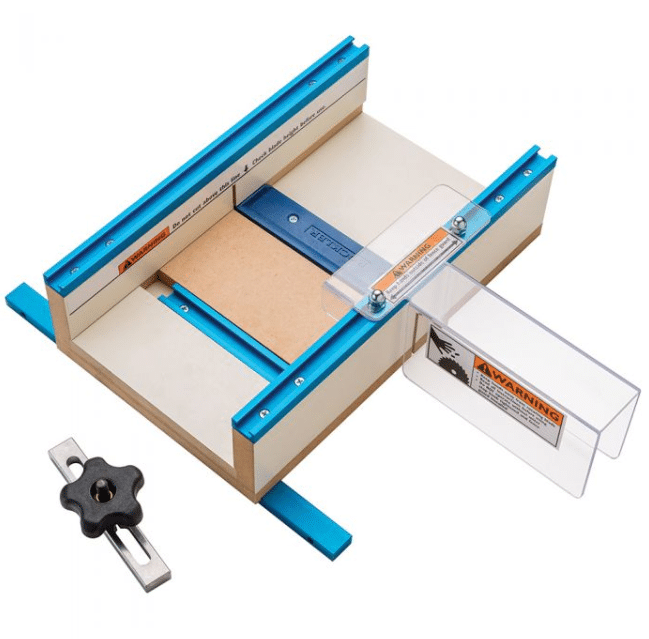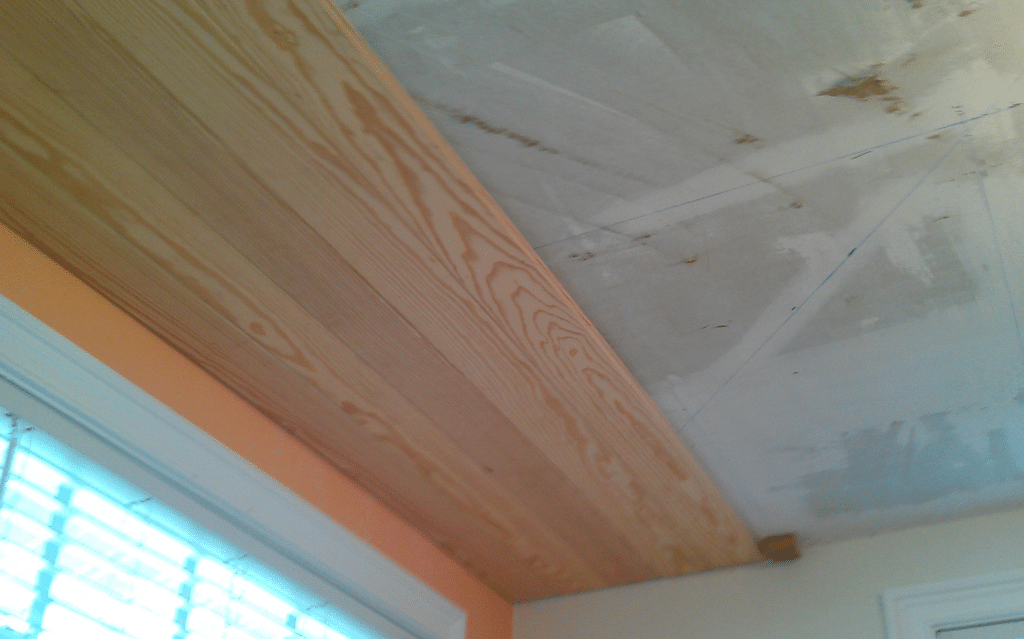Whether you’re building with wood or concrete, when it comes time to fasten things together, you have a lot of options. There are at least 28 kinds of bolts and more than 30 types of screws for you to choose from. An option found on both lists is a lag screw, more commonly called a lag bolt. These extremely sturdy fasteners are used when dealing with heavy building materials that need to hold up an intense load.
Let’s take a look at this handy fastener and the kinds of construction projects you might use them on.
Lag Bolts Explained
Lag bolts are among the strongest fasteners available thanks to being quite large. They differ from normal wood, self-drilling, or sheet metal screws because of their size, with most at least one inch long and .25 inch thick.
They have coarse threads and a tapered point like most wood screws. But lag bolts only come with a hex head, while other screws and bolts might have multiple head types. The head design allows them to have a lot of torque applied to tighten them.
You install lag bolts with a ratchet or nut driver and must pre-drill the hole before screwing it in.
The lag bolt screws directly into the wood rather than sliding through a hole and being secured with a nut, which makes it technically a screw and not a bolt. It gets referred to as a bolt most of the time anyway because of the hex head it shares in common with bolts.
Lag bolts have as much as nine times greater grip in wood than a regular nail, which allows them to support a lot more weight. A basic nail hammered into a wood stud can hold up to 20 pounds, while a small wood screw in the same stud can handle up to 100 pounds.
Using a 5/16 inch-diameter lag bolt instead can allow you to support 200-to-300 pounds depending on the kind of wood. And the ability to support more grows with the length of the bolt.
How To Use Them
If you have a home renovation project where you plan to use lag bolts, it’s a fairly simple process. You will need a drill bit appropriate for the material you’re drilling through, but no other construction tools other than a ratchet or nut driver to tighten the bolt.
- Align your materials
- Hold them in place with a clamp, if possible; improvise if you can’t use one
- Drill a pilot hole with a bit slightly smaller than the bold you plan to use
- Drill the hole as deep as the bolt needs to seat
Typical projects that might use lag bolts include a backyard deck, wooden playground equipment, and repairs to the roof or foundation. Lag bolts are commonly used to attach a wood structure like a deck to a concrete or masonry wall or to attach metal roofing to the underlayment.
Know Your Building Materials
When you’re taking on home projects or dealing with a contractor, knowing about the appropriate building materials for the job can save you a lot of headache and grief. Lag bolts are the fastener to call on when you’re building heavy objects or connecting heavy construction materials like wood, concrete, or steel.
Make sure to check out the rest of our site for more helpful articles on building tools and materials.




